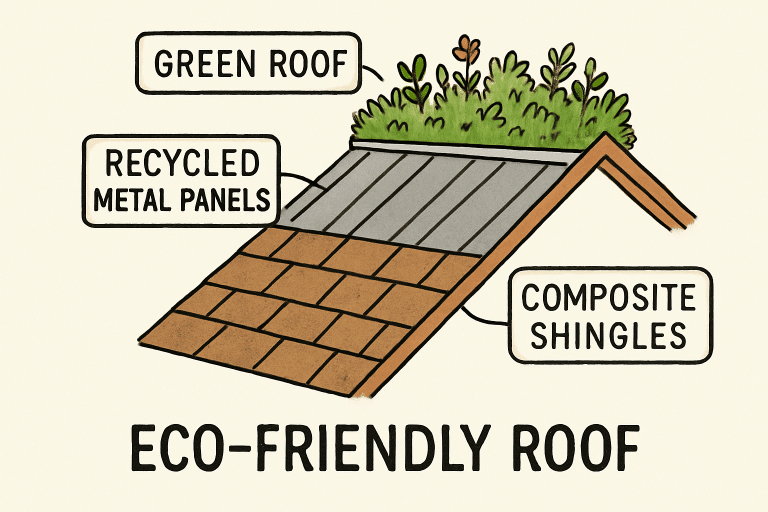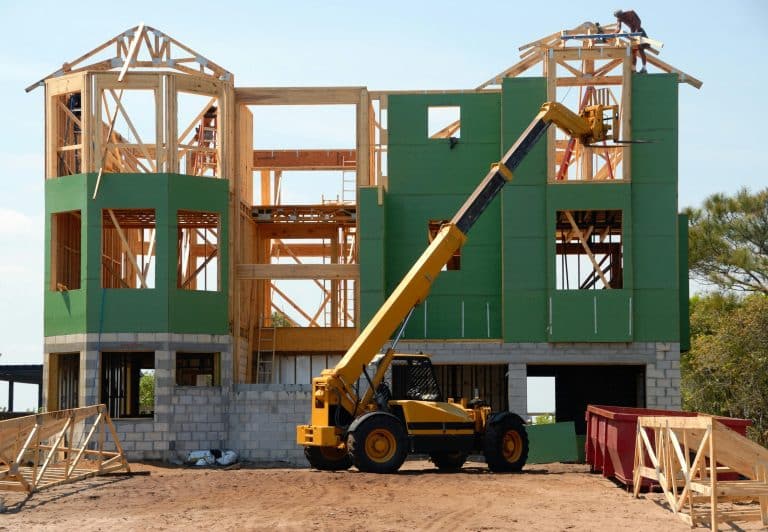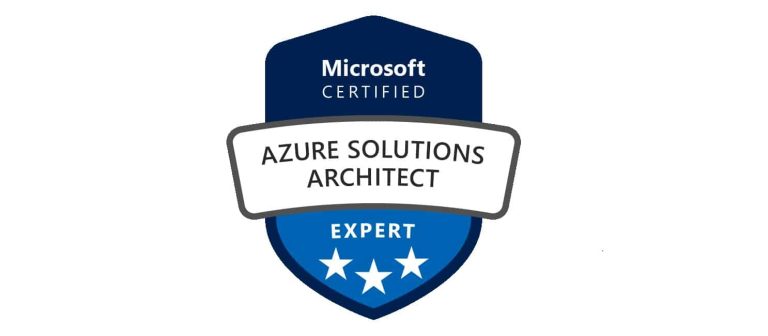Key Takeaways
- Thorough pre-installation inspections are crucial for identifying potential issues.
- Compliance with industry standards and building codes ensures safety and longevity.
- Utilizing advanced materials and techniques enhances roof performance.
- Regular maintenance extends the lifespan of the roofing system.
Introduction
Installing a new roof is one of the most essential investments a property owner can make. A well-installed roof protects your home or business from the elements and contributes to energy efficiency, enhances curb appeal, and increases property value. With roofing technology evolving rapidly, following the best practices for roof installation has become more crucial than ever. In 2025, advancements in materials, techniques, and a heightened focus on environmental sustainability are transforming how roof installations are conducted, making it essential for homeowners and contractors to stay informed and adopt these leading-edge methods to ensure optimal results and long-term performance.
This comprehensive guide explores the top strategies and tips for modern roof installation, equipping you with the knowledge to execute a successful project. Whether hiring a professional crew or simply wanting to be an informed homeowner, following these best practices will help you achieve a roof that stands the test of time while maximizing return on investment and energy savings.
Conduct Comprehensive Roof Inspections
Every successful roof installation project begins with a meticulous inspection of the existing structure and roofing system. This multi-step assessment should cover the roof deck, joints, flashing, underlayment, and existing shingles or roofing materials. The main objective is to uncover any hidden issues, like structural rot, water damage, or substrate weakness, that could threaten the long-term stability of your new roof. Today’s leading roofing professionals often use cutting-edge tools such as drones and infrared cameras for non-invasive, high-resolution inspections. These technologies allow contractors to spot potential leaks, moisture accumulation, and compromised materials not visible to the naked eye, all while keeping inspectors safely on the ground. Early, thorough inspections are the foundation for a durable, worry-free roof, as addressing minor issues up front prevents costly repairs or premature failure.
Adhere to Industry Standards and Building Codes
Adopting up-to-date industry standards and local building codes is non-negotiable when installing a new roof. These regulations, which often reference established frameworks such as the International Building Code (IBC) and regional amendments, govern everything from minimum material thicknesses to fire resistance and wind load requirements. Strict compliance ensures that your finished roof will withstand inclement weather, meet or exceed manufacturer guidelines, and provide occupant safety. It also streamlines the permitting process and protects against fines or costly retrofits that can arise from code violations—not to mention the potential voiding of manufacturer warranties or insurance policies. Diligent contractors stay educated on code updates and maintain open communication with local building authorities to guarantee each installation is fully compliant.
Implement Advanced Roofing Techniques
Leveraging advanced installation techniques improves the integrity of the finished roof and can streamline project timelines and reduce long-term maintenance needs. For example, single-ply membrane systems such as EPDM, TPO, and PVC offer superior flexibility and resistance to weather extremes, making them popular for commercial and residential flat roofs. These systems can be installed using heat welding or adhesive application, minimizing seams and potential leak points. Prefabricating specific roofing components, like trusses or flashing, allows for more consistency and less waste on the job site. Additionally, integrating modern technological aids—such as thermal imaging and digital modeling—can help verify quality workmanship and allow for real-time adjustments, ensuring precision from start to finish. Professional roofing teams can use these techniques to offer better insulation, faster installation, reduced labor costs, and longer-lasting results.
Embrace Sustainable Roofing Materials
Sustainability is no longer just a buzzword—it’s essential to responsible modern construction. Roofing options in 2025 increasingly prioritize eco-friendly materials, reflecting both environmental consciousness and consumer demand. Homeowners can now access roofing choices such as recycled metal panels, composite shingles from post-consumer plastics and rubber, or reclaimed wood shakes. These products are engineered for durability and often come with comprehensive manufacturer warranties, making them wise investments. Using sustainable materials helps reduce the extraction and production of raw resources, diverts waste from landfills, and lowers the carbon footprint of your project. Green roofing, which incorporates living vegetation, is also gaining traction for its exceptional energy efficiency and appeal as a unique design statement. By choosing sustainable solutions, homeowners actively promote both environmental stewardship and long-term savings through increased energy efficiency.
 Ensure Proper Ventilation and Insulation
Ensure Proper Ventilation and Insulation
The importance of proper ventilation and insulation in any roof installation cannot be overstated. Adequate ventilation creates a continuous air flow through the attic or roof cavity, with intake vents installed near the eaves or soffits and exhaust vents positioned higher along the ridge. This air movement prevents heat buildup during the summer and moisture accumulation throughout the year, protecting the roof structure and helping prevent ice dams and mold growth. In cold weather, insulation with the correct R-value slows heat loss, maintaining a stable indoor environment and reducing energy bills. Modern products include spray foam, rigid foam boards, and eco-friendly batt insulation, all designed to fit snugly between rafters and around obstructions. Properly executed, a balanced ventilation and insulation system extends the lifespan of roofing materials and ensures comfortable living space below while significantly improving the home’s overall energy efficiency.
Prioritize Safety Measures
Roofing is a high-risk trade, so rigorous safety protocols must be implemented during every installation. All workers should use personal protective equipment, especially harnesses, hard hats, and non-slip boots. Personal fall arrest systems (PFAS), with correctly positioned anchor points and lanyards, are vital for working at heights and meeting OSHA standards. Contractors should conduct routine safety briefings to reinforce best practices for ladder safety, power tool operation, and material handling. In addition, many companies now deploy drones to handle complex inspections and minimize the need for physical access to hazardous areas. These innovations reduce accidents, boost worker confidence, and protect everyone on site, including clients who might be present during the installation. Prioritizing safety means every roofing project is completed efficiently and without preventable injuries.
Establish a Robust Maintenance Program
The longevity and performance of your new roof depend on implementing a rigorous, ongoing maintenance program. Engaging roofing professionals to inspect the roof twice a year—ideally in spring and fall—allows early detection and prompt correction of minor defects that could escalate if ignored. Typical maintenance tasks include clearing gutters and downspouts, removing branches or debris, examining the condition of shingles, flashing, and sealants, and looking for algae growth or signs of moisture ingress. Regular proactive care like this helps reduce the frequency and cost of significant repairs, prevents leaks, and protects the integrity of insulation and ventilation systems. Homeowners who follow a robust maintenance regimen often experience fewer emergency repairs and better long-term performance from their roofing investment.
Choose a Reputable Roofing Contractor
Perhaps one of the most critical best practices is selecting a trustworthy, experienced roofing contractor. Start by verifying the contractor’s licensing, insurance, and manufacturer certifications, demonstrating proficiency and ensuring access to the best materials and warranties. Ask for portfolios of completed projects and references from previous clients to gauge the contractor’s workmanship and reliability. A reputable roofer will also provide transparent estimates, detailed contracts, and clear communication about timelines, materials, and any changes during the project. In 2025, as roofing projects grow in complexity and innovation, working with an established professional reduces potential issues and ensures that your new roof will deliver the highest possible level of durability and protection for years to come.
 Ensure Proper Ventilation and Insulation
Ensure Proper Ventilation and Insulation







